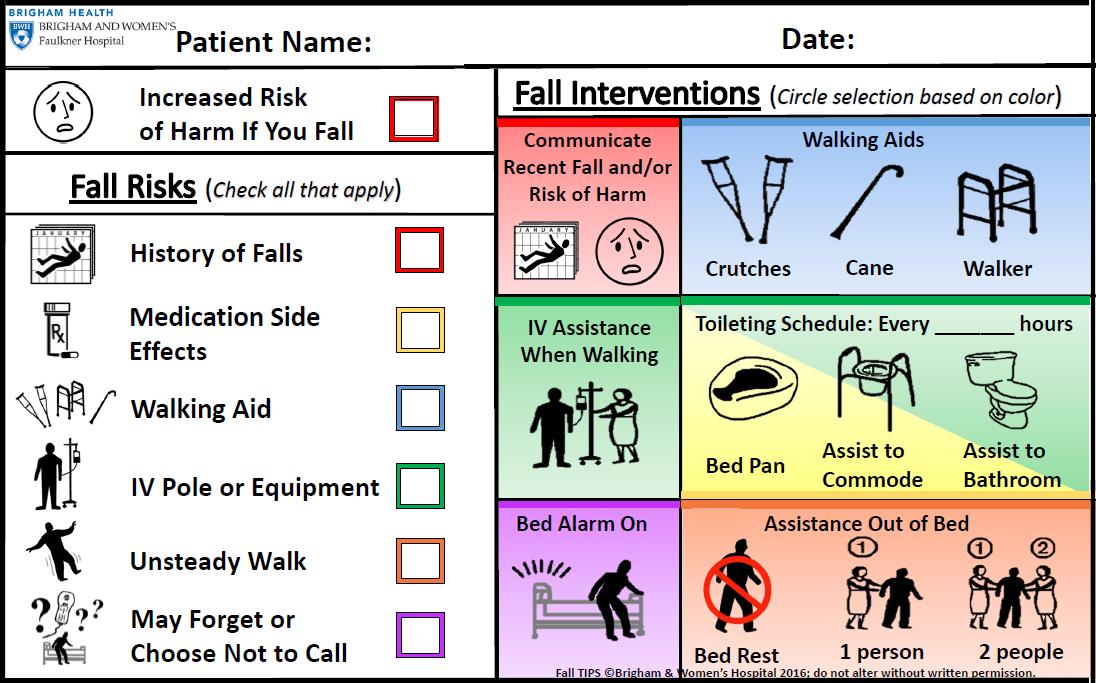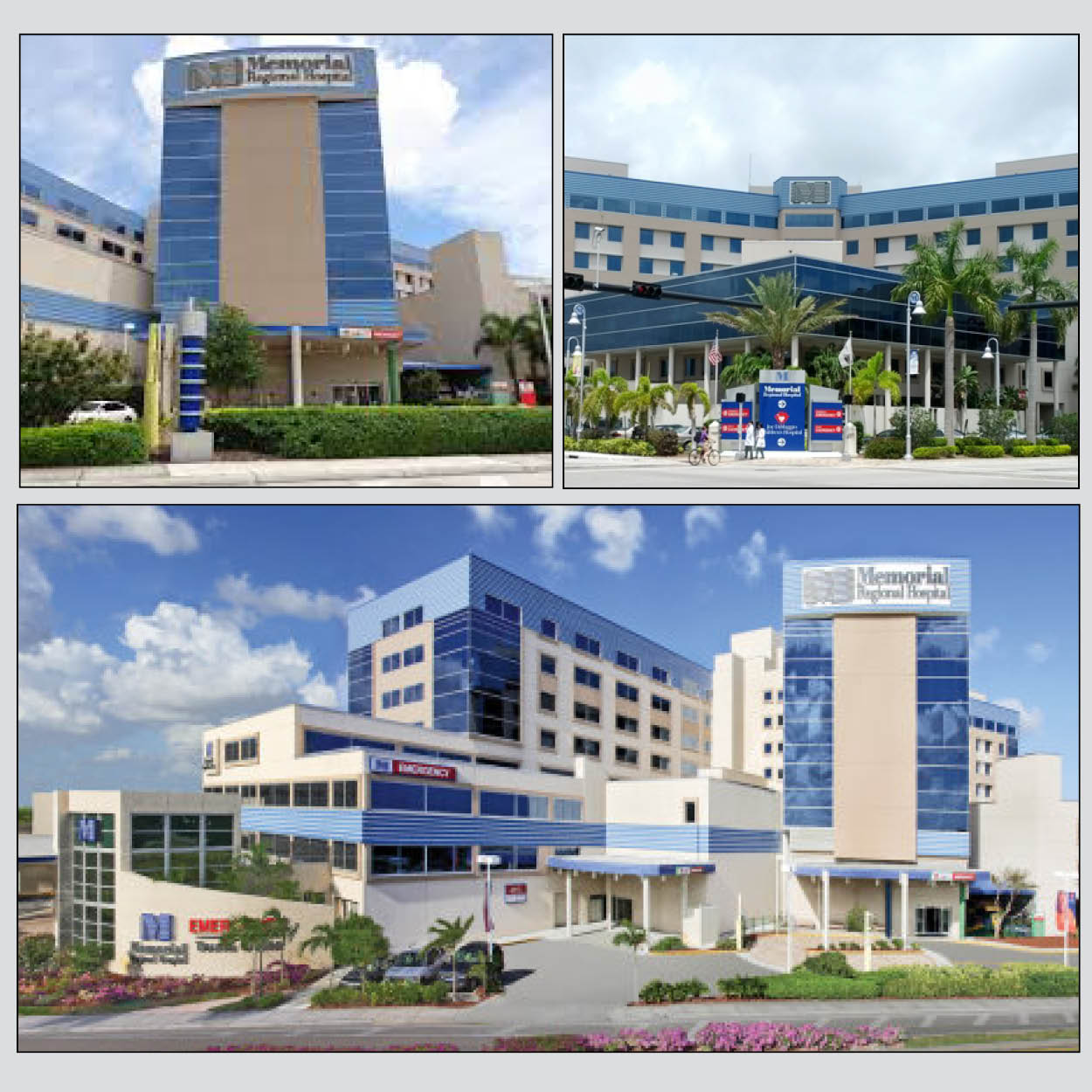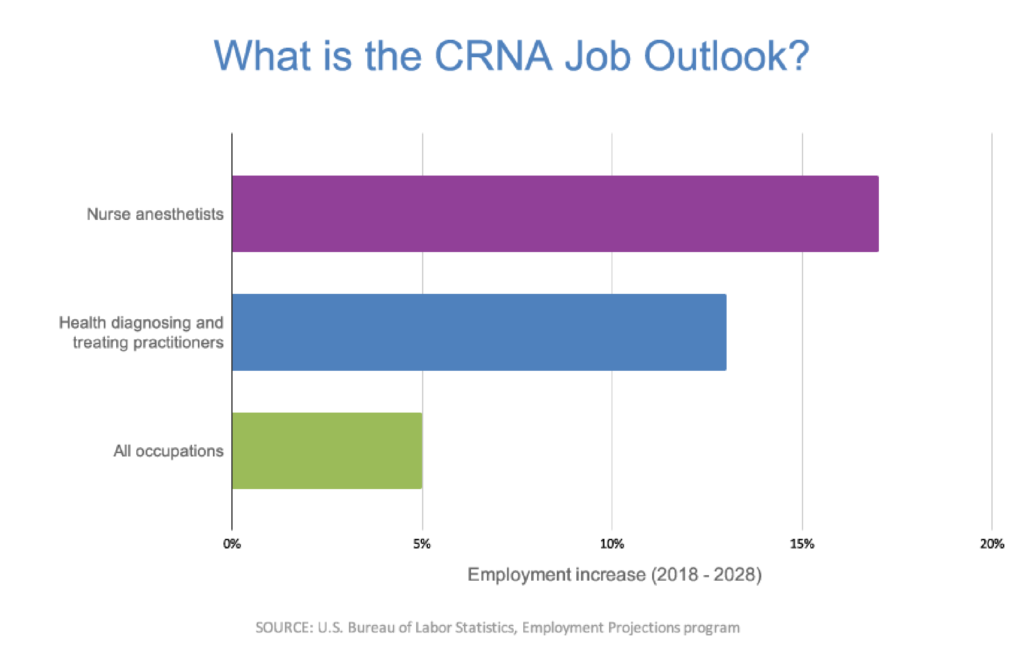This critical review scopes patient falls education interventions for hospitals. The opinions expressed in this document are those of the authors and do not necessarily reflect the views of AHRQ.
 Fall Tips Collaborative Continues To Spread The Word About Fall Prevention With Help From Bwfh Representative
Fall Tips Collaborative Continues To Spread The Word About Fall Prevention With Help From Bwfh Representative
The role that patients can play in preventing falls whilst in hospital has received less attention.

Fall prevention in hospitals. All staff who interact with patients should be trained on universal fall precautions. This toolkit focuses on overcoming the challenges associated with developing implementing and sustaining a fall prevention program. Keep Them STEADI.
Fall prevention becomes embedded into hospital safety culture. When you are admitted you and your nurse will talk about your risk for falling while in the hospital. Historically hospitals have tried to reduce falls and to some extent have succeeded but significant sustained reduction has proven elusive.
CDC created the evidence-based STEADI Stopping Elderly Accidents Deaths and Injuries initiative to help healthcare providers. Indeed thats what the AHA report found when five hospitals that took part in the project tackled these six fall causes. Most hospital falls prevention strategies have targeted clinician education environmental modifications assistive devices hospital systems and medication reviews.
These can be very serious especially if the person is taking certain medicines like blood thinners. These plans highlight what you. In fact call lights checklists and risk assessments are just a few types of fall-related interventions that we have become well accustomed to over the years.
Single interventions such as high risk wristbands and bed signage medication review urinalysis and routine prescription of vitamin D are not generally successful in reducing falls or fall rates. Evidence to guide effective falls prevention in hospital is limited with most intervention studies restricted to simple before and after or cluster randomisation designs5A comprehensive review is available3but in summary. Falls prevention program.
No statement in this toolkit should be construed as an official position of. Based on your risk a fall prevention plan will be created to keep you safe. Numerous toolkits and resources have been assembled with the knowledge gained through research and.
As part of the Joint Commission Center for Transforming Healthcare preventing falls. Many of these falls cause an injury loss of independence and in some cases death. A daily mobility plan will keep you active and moving.
Every second of every day an older adultage 65 and olderfalls. 37 rows Educate the hospital leadership and Implementation Team on the Preventing Falls in. The Secrets to Fall Prevention in Hospitals With the key causes of falls clearly identified it stands to reason that addressing these causes is likely to significantly reduce the risk of patient falls in hospitals.
To patients at high risk for falls improving communication among staff regarding fall risk status ensuring safe patient transfers while toileting using equipment such as low beds and mats and improving staff and patient education. The choice of precautions varies by hospital. An older person who falls and hits their head should see their doctor right away to make sure they dont have a brain injury.
Many people who fall even if theyre not injured become afraid of falling. The fall prevention team at the 444-bed hospital in southeast Texas standardized visual cues on the unit created a post-fall huddle tool and meetings. This toolkit is intended as a reference and not as a substitute for professional judgment.
Preventing Older Adult Falls in Hospital-Based Settings. Falls can cause head injuries. In health care we have long been committed to reducing and preventing patient falls.
And hospitals in developing falls prevention protocols. This is the staggering number of patients who fall in US. Multifactoral fall prevention intervention programs that included fall-risk assessments doorbedpatient fall-risk alerts environmental and equipment modifications staff and patient safety.
The purpose is to keep all patients safe. Fall prevention involves managing a patients underlying fall risk factors and optimizing the hospitals physical design and environment.









